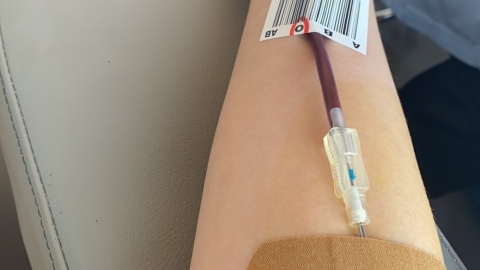How many degrees of myopia disqualify someone from donating blood?
Generally, individuals with myopia exceeding 600 degrees are usually advised not to donate blood. The detailed explanation is as follows:

Myopia exceeding 600 degrees is considered high myopia. In such cases, the anteroposterior diameter of the eyeball is significantly elongated, causing the retina and choroid to become thinner due to prolonged stretching, and the blood vessels are also affected. During blood donation, the body's blood volume temporarily decreases, causing blood pressure fluctuations that may alter the pressure on ocular blood vessels, increasing the risk of retinal detachment, macular hemorrhage, and other retinal diseases, thereby threatening eye health.
For common myopia, where the refractive error is 600 degrees or less, the structural changes in the eye are relatively minor, and the impact on the retina and choroid is slight. Provided other health conditions meet the blood donation criteria, moderate blood donation will not cause significant adverse effects on the eyes or increase the likelihood of developing eye diseases.
Prior to donating blood, individuals should truthfully inform medical staff about their myopia status and ocular medical history, cooperate with all required examinations, and follow professional recommendations to ensure safe blood donation.




